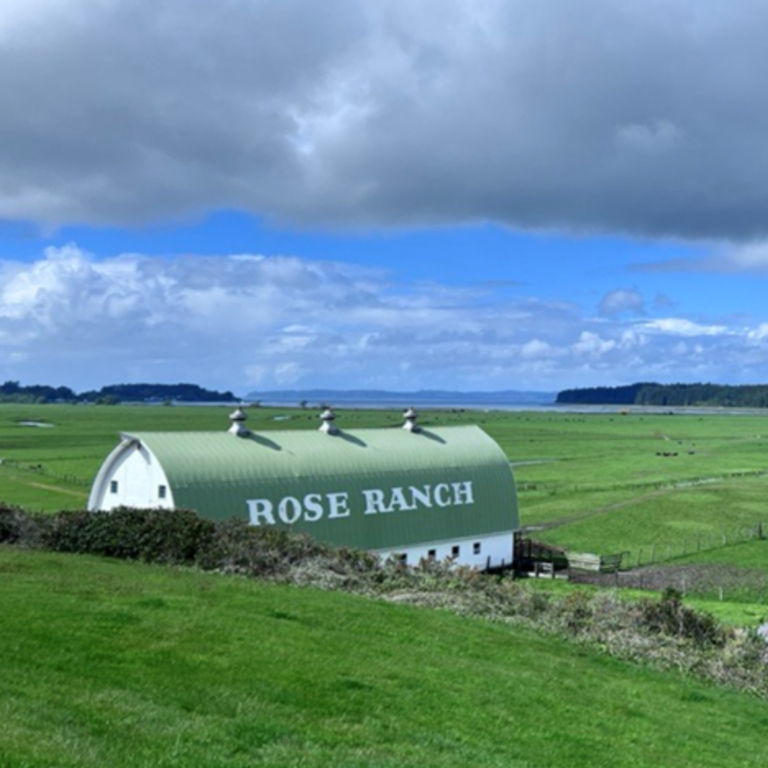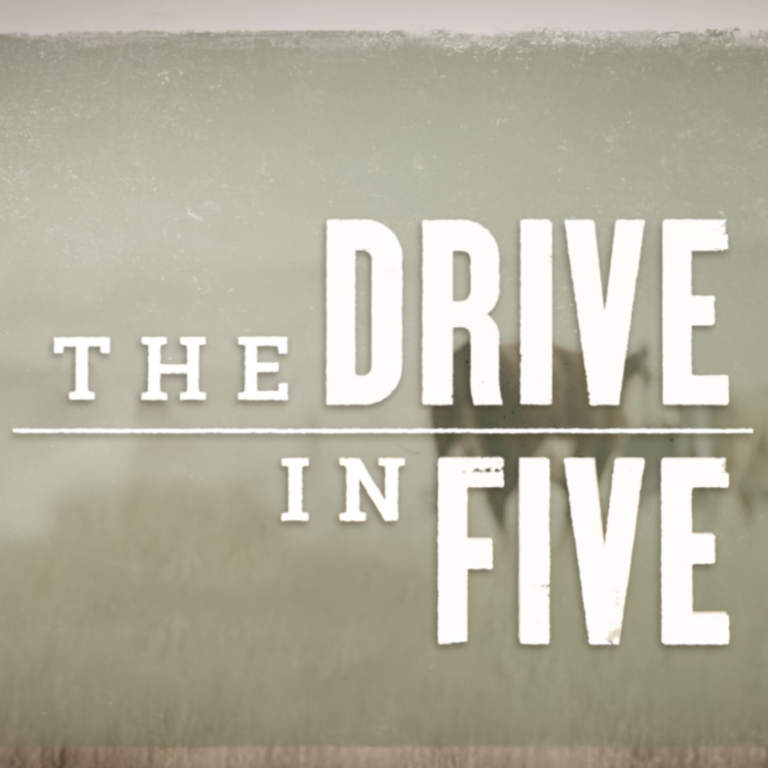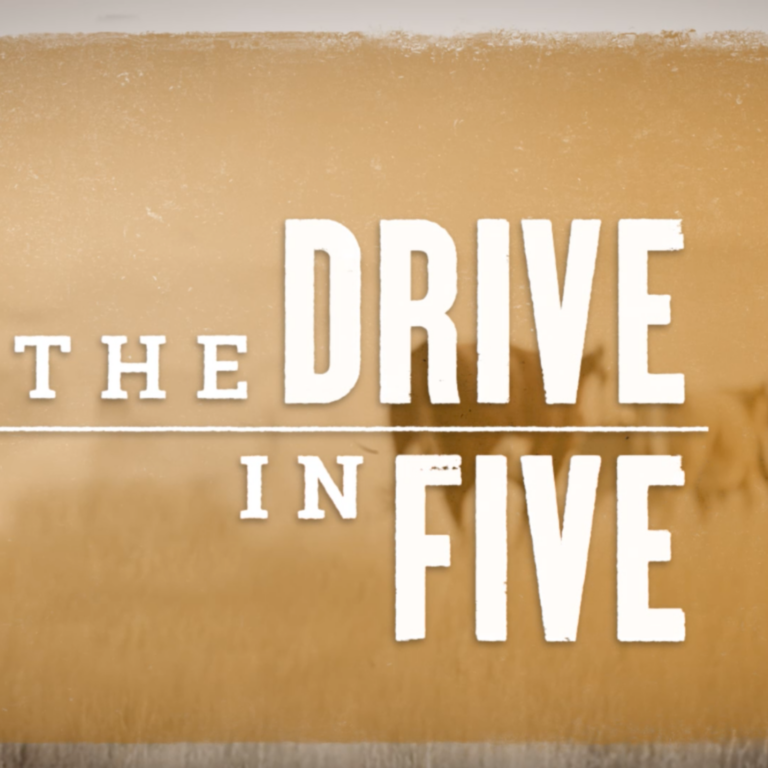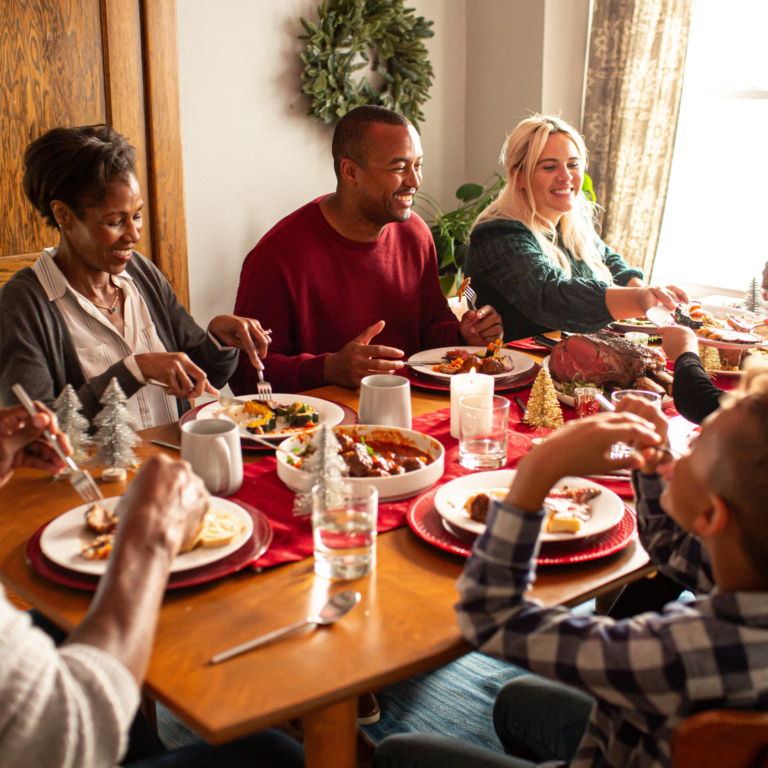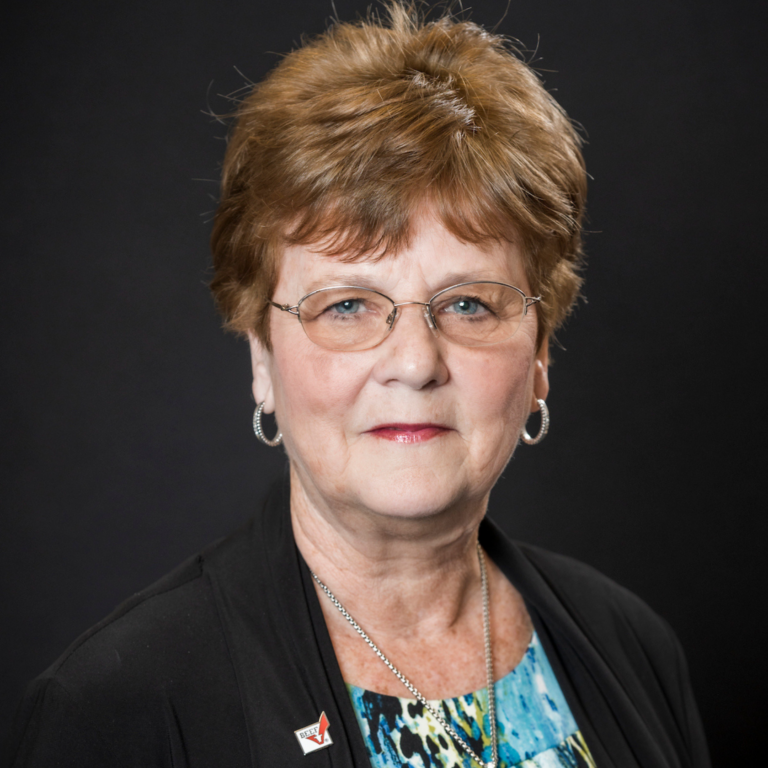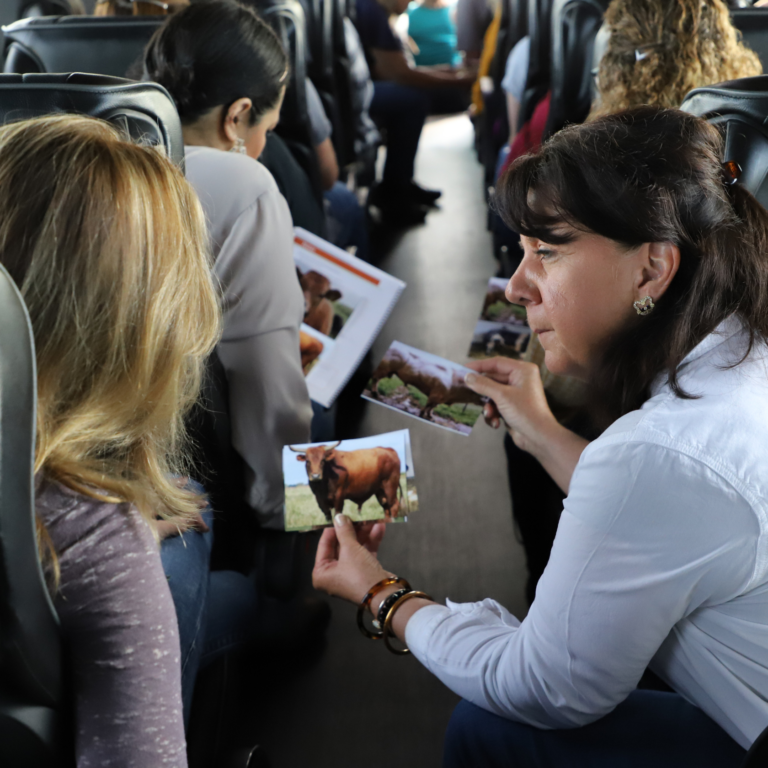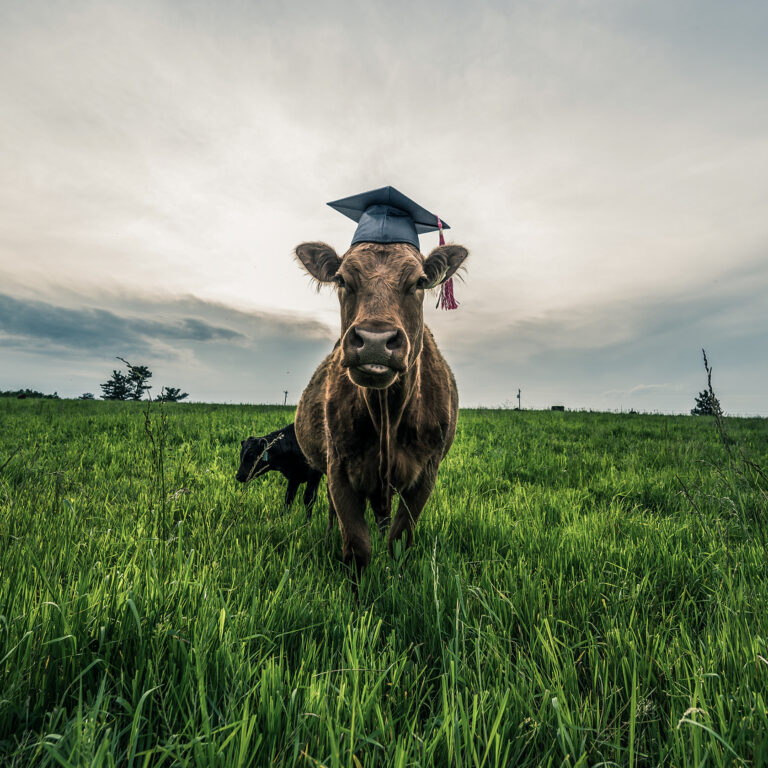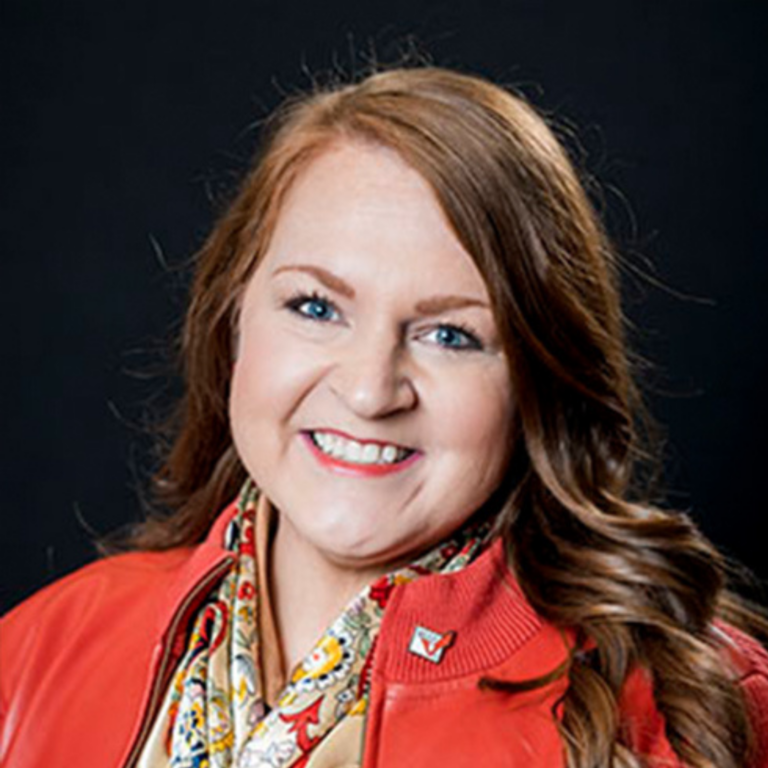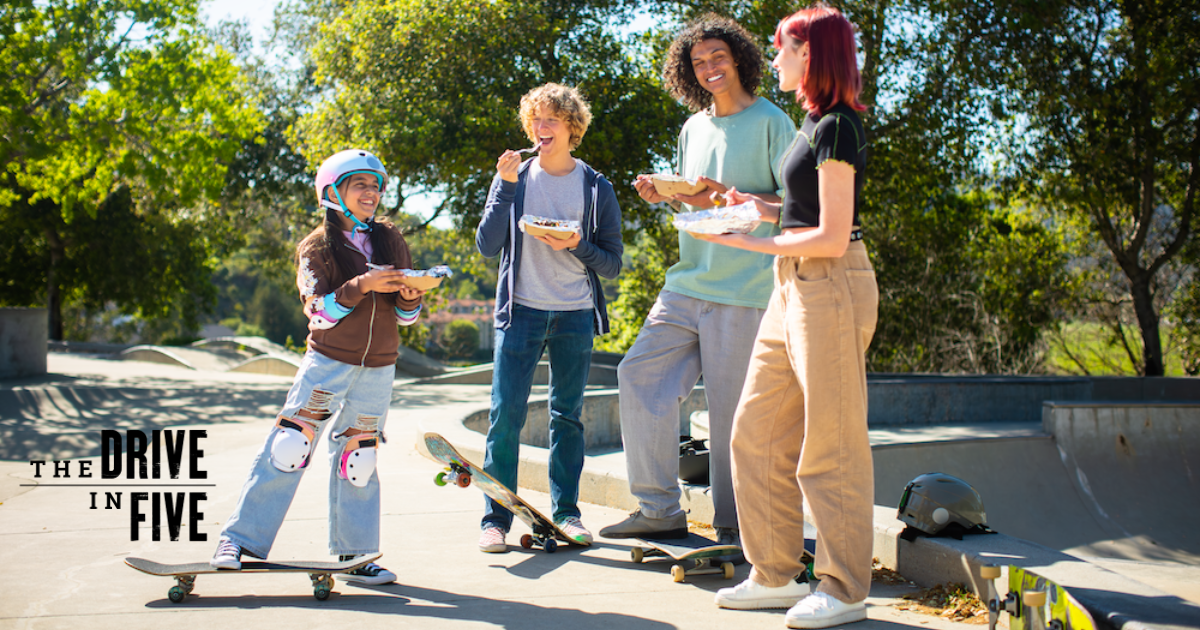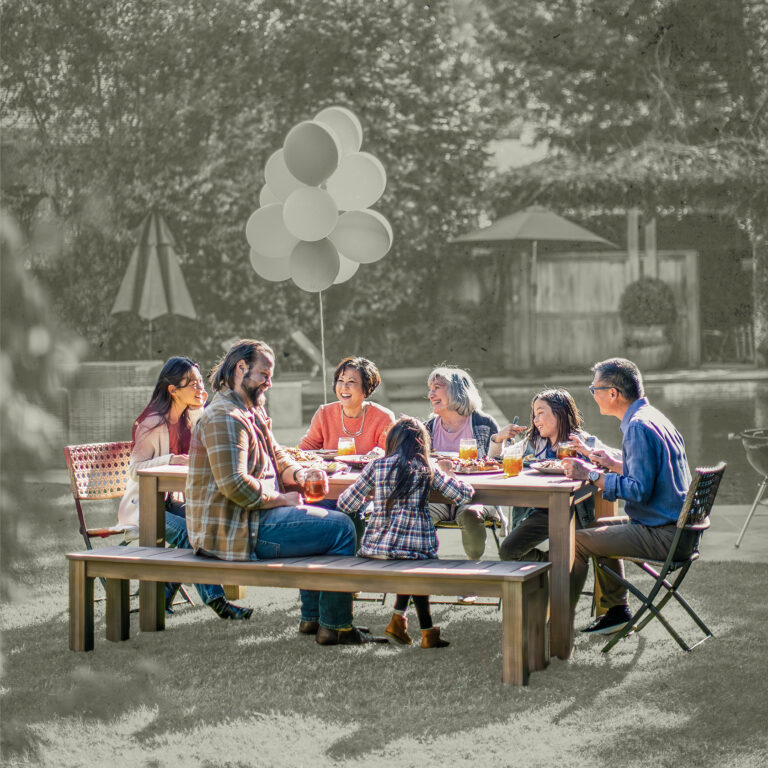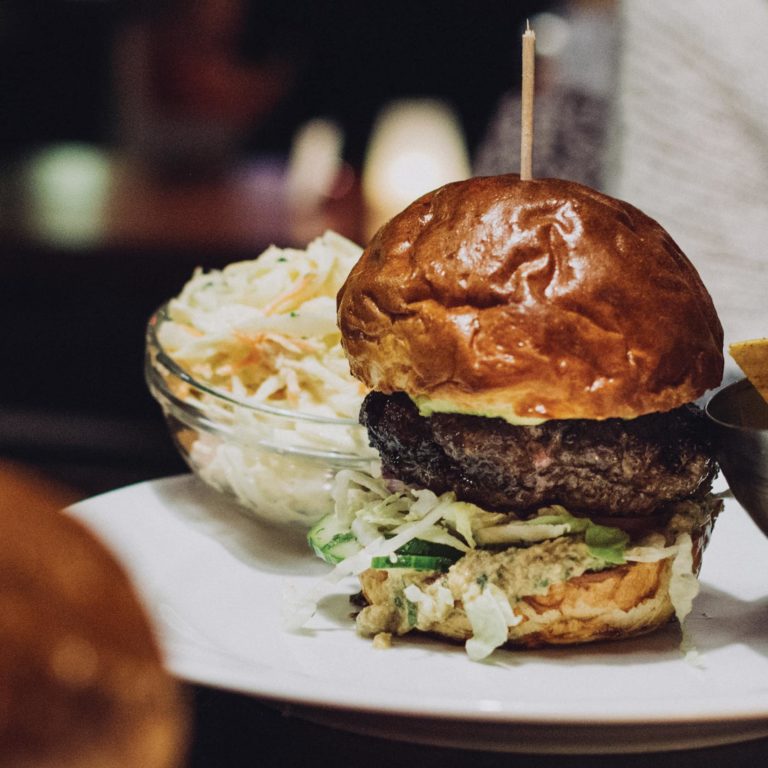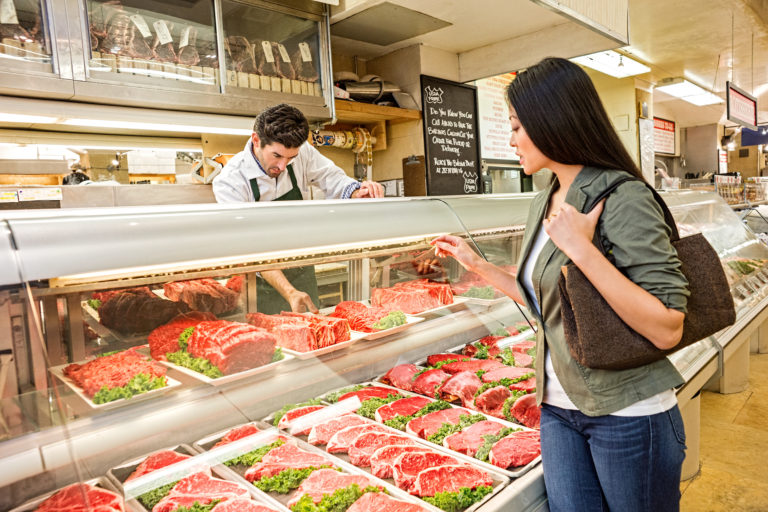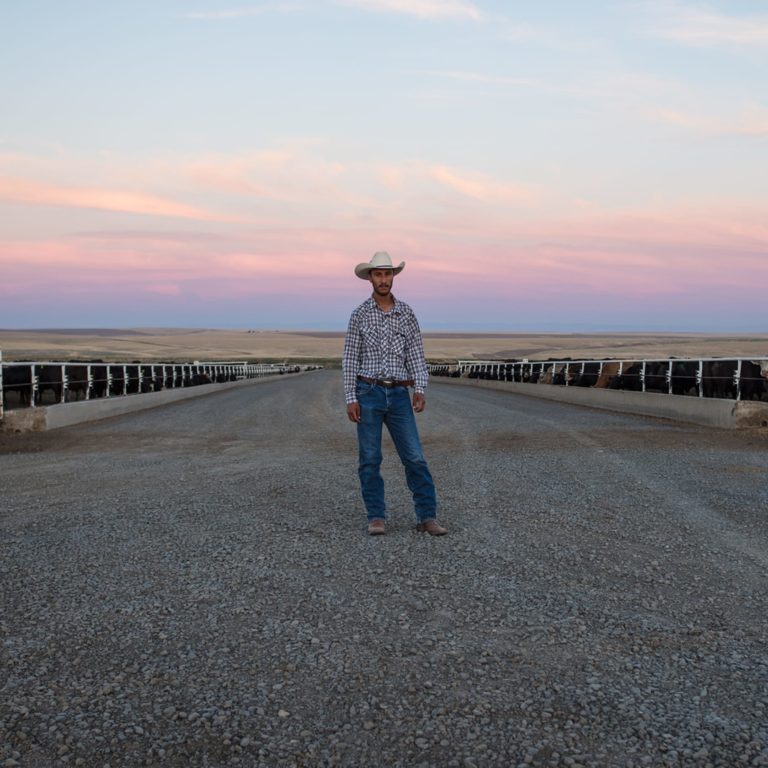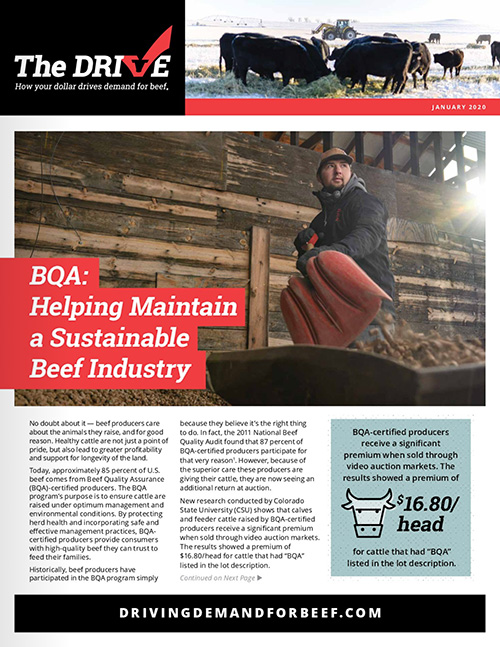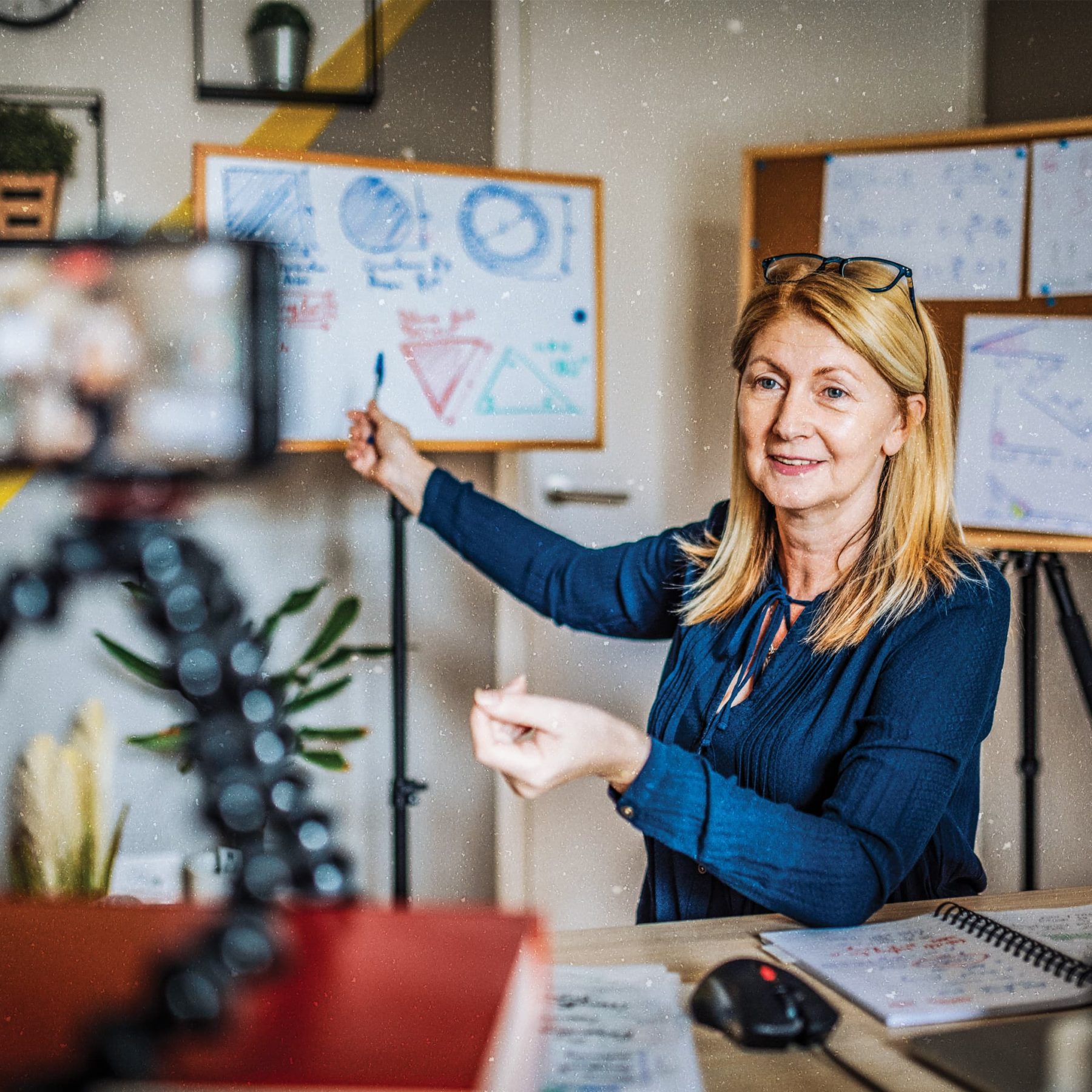
Focused on the Future
One primary goal for the beef industry is to build consumer trust in both beef and the cattlemen and women who produce it. However, the question is, where’s the best place to start? As a part of its efforts to drive beef demand, the Beef Checkoff works diligently to find innovative and effective ways to help consumers understand beef’s safety, nutritional value and sustainability. In fact, the Checkoff invests producer dollars to educate tomorrow’s consumers today. By connecting with the young minds of U.S. schoolchildren and their teachers through various learning opportunities, the Checkoff can positively influence the way these future consumers think about beef and instill confidence in production practices.
Through the American Farm Bureau Foundation for Agriculture (AFBFA), a contractor to the Beef Checkoff, beef education and learning opportunities for teachers are now available across the country. Through AFBFA’s efforts, educators are able to teach beef production, science-based courses to middle and high school students through two different curriculums. The high school unit is centered around genetics and heredity. Students explore the variety of cattle breeds and discover that cattle are specialized for different purposes and while similar, the ‘SuperCows’ are clearly unique. Students wonder what caused this diversity and specificity which leads to investigations about the role of inheritance, DNA and proteins. The middle school unit covers ecosystem dynamics and interactions. Students learn that ecosystems, animal behavior and symbiosis were developed through the Storyline approach. This unit covers why prairie chickens have a unique dance and the role cows play to help ensure the dance takes place. Using this approach, students engage in science concepts to help ensure the survival of the prairie chicken. These two units were released in a pilot program in 2019 in classrooms in Oregon, Georgia, Arizona, Oklahoma, Texas and Tennessee.
Teachers can also attend virtual educational events and other learning opportunities that demonstrate how the beef production process provides an excellent context for exploring science. Hear from the teachers themselves on their experiences learning and teaching about beef.
Do you think these courses will help influence the way young people view agriculture and beef products?
“Absolutely! The more we incorporate agriculture into everyday lessons, the better we can show how everything in some shape or form is connected to the industry. Showing a science-based outlook has engaged and captivated many students. There is a scientific process behind every agriculturist, which is what needs to be shown and portrayed in our schools, especially to younger students.” – Gerald Hosler, Agricultural Sciences Teacher at McKay High School in Salem, Oregon.
“This curriculum allowed most students to think critically about where their beef products come from. Through this curriculum, students were able to see agriculture as a field of science. They could also see all the high-tech career opportunities that are available.” – Patti Howell, Biology Teacher at Baconton Community Charter School in Baconton, Georgia.
What was your personal experience teaching the pilot program?
“The curriculum was built on a phenomenon-based teaching model. This model requires the teacher to step back and allow students to be curious and question their natural world. The unit then builds off of student questions. This was groundbreaking for me as a teacher. It taught me how to be ‘off-stage’ and allow the students more freedom with their learning. I saw huge growth in student participation and growth in my teaching style.” – Sheli Wagers, Science Teacher at Claggett Creek Middle School in Keizer, Oregon.
How did your students benefit from the beef production curriculum?
“I heard a lot of them mature in their conversations over the time we spent on this unit. 3D learning requires students to have a lot of small group conversations. Students struggle with this. This curriculum, however, was interesting and challenging enough to keep them involved and on task. Students’ abilities to have meaningful conversations improved. I think this skill will help them tremendously throughout their lives.” – Patti Howell
Why should beef farmers and ranchers support Beef Checkoff investments in teacher and student education?
“They should support investments in education because education is going to have the biggest impact on the industry. Exposing students to the industry and its practices can help shape and change the industry in many positive ways. We have a dire need to be innovative and develop more efficient ways to feed our populations while taking care of our land, and to do that, we need younger generations involved.” – Gerald Hosler
“I am so appreciative of the support from beef farmers and ranchers. Their support allowed me to attend AFBFA’s learning conference and bring back awareness to my students of how important the beef industry is. The students were so amazed to hear from farmers and ranchers in various parts of the beef production unit through video and reading. The ranchers expressed their years of hard work and how they turned their farms/ranches into productive conservation entities while remaining profitable.” – Sheli Wagers
The Beef Checkoff program was established as part of the 1985 Farm Bill. The checkoff assesses $1 per head on the sale of live domestic and imported cattle, in addition to a comparable assessment on imported beef and beef products. States may retain up to 50 cents on the dollar and forward the other 50 cents per head to the Cattlemen’s Beef Promotion and Research Board, which administers the national checkoff program, subject to USDA approval.




